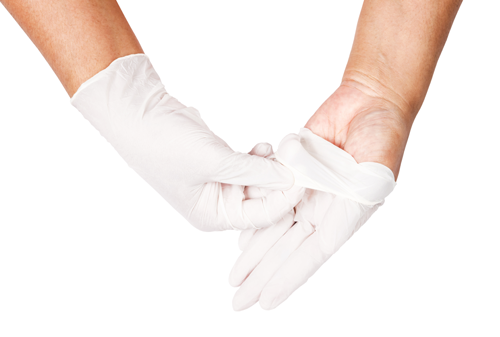




The organisms that cause infections may spread through water, soil, food, or air; or through contact with an infected person's blood, skin, or mucus; through sexual contact, or through insect bites.
Most germs spread by a number of these routes; no one microbe spreads in all these ways.
In addition, many disease-causing microbes can spread from a pregnant woman to her foetus. When this happens, we say the baby is born with a congenital infection.
Poor practice that can lead to the spread of infection can include:
Gall yr organebau sy'n achosi heintiau ledaenu drwy ddŵr, pridd, bwyd, neu aer; neu drwy gysylltiad â gwaed, croen neu fwcws person heintiedig; trwy gysylltiad rhywiol, neu drwy frathiad pryfed.
Mae’r rhan fwyaf o germau yn lledaenu drwy nifer o'r llwybrau hyn; nid oes unrhyw un microb yn lledaenu yn yr holl ffyrdd hyn.
Yn ogystal â hynny, gall llawer o ficrobau sy'n achosi clefydau ledaenu o fenyw feichiog i'w ffoetws. Pan fydd hyn yn digwydd, dywedwn fod y baban yn cael ei eni â haint cynhenid.
Gall ymarfer gwael a fyddai'n gallu arwain at ledaenu haint gynnwys:
Study the pictures showing several procedures and consider whether they are good or poor practice. Drag them in to the correct column before checking your answer.
Astudiwch y lluniau sy’n dangos sawl gweithdrefn ac ystyriwch a ydynt yn arfer da neu wael. Llusgwch nhw i'r golofn gywir cyn gwirio eich ateb.